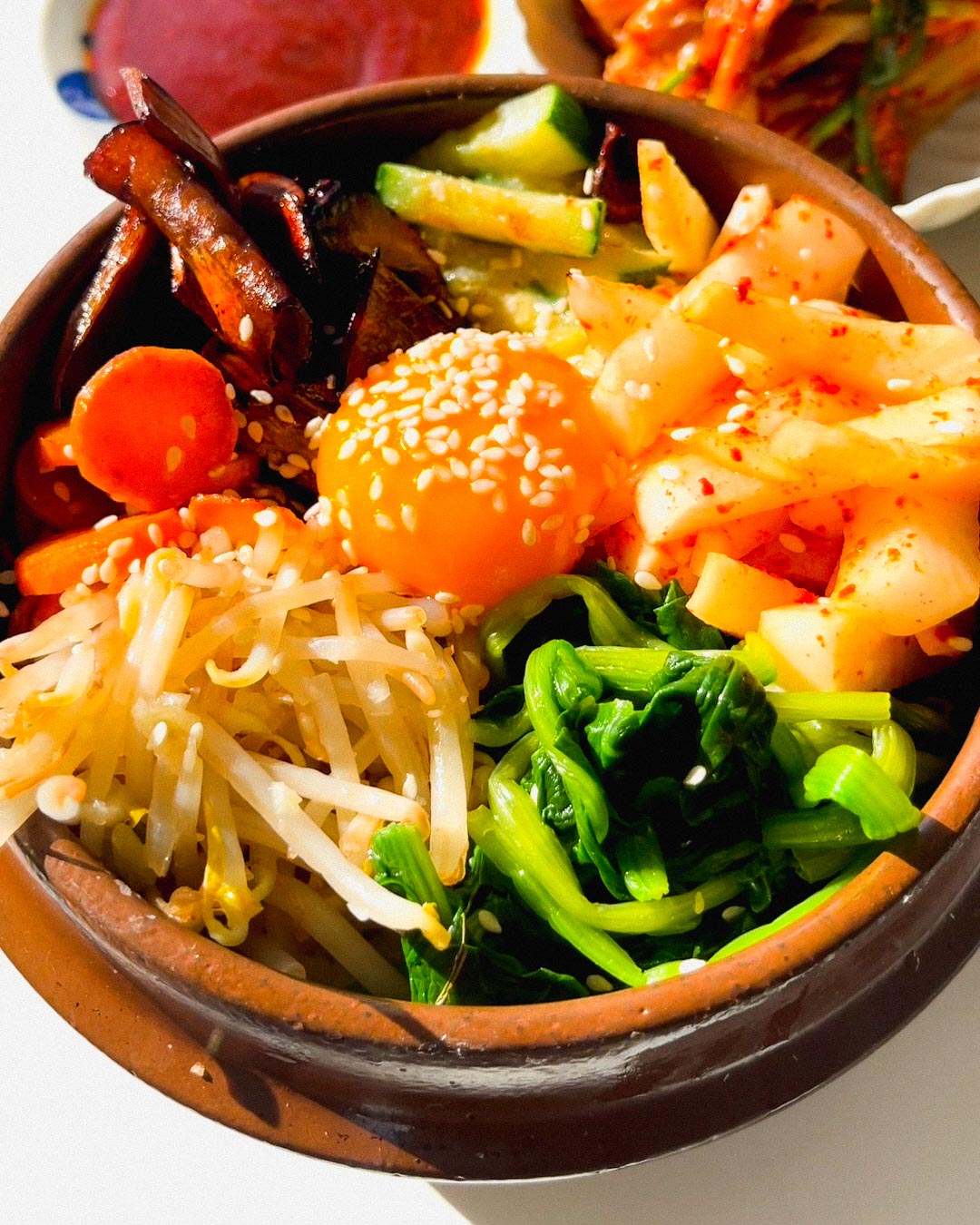
Recipe
Bibimbap
From the Korean word bibimbap, bibim means to mix, and bap means rice or food. It’s the perfect example of when great things come together to create an even greater dish.
Written by Doobydobap
Bibimbap
From the Korean word bibimbap, bibim means to mix, and bap means rice or food. (Yes, the word for food is synonymous with rice in Korean #ricegang). It’s the perfect example of when great things come together to create an even greater dish. It is one of those staple Korean dishes, along with Tteokbokki, that always brings back memories.
This was my first time making bibimbap from scratch because usually I’d just throw whatever namul (veggie side dishes) and banchan (side dishes) there are in my fridge and mix with some gochujang and sesame oil. Every time it would be different- and that’s the beauty of it. No two bibimbaps are the same.
I know this sounds a little cheesy, but bibimbap is my soul food because in a sense I feel that it represents me. The multi-faceted experiences I’ve had in my life, some sweet, sour, salty, or spicy, come together to create the current version of myself. And like the different bibimbaps I’ve eaten in my life, I’m also a different version of myself- changing and evolving. ANYWAYS ENOUGH FOR SOFT TALK, here’s the recipe.
Ingredients for Bibimbap
Rice
- 1 cup for each ddukbaeggi (claypot).
Pickled Radish
- ½ daikon radish
- 1 tbsp gochugaru (korean red chili flakes)
- 2 tbsp sugar
- 2 tbsp vinegar
- 1 tsp salt
Namul (veggie side dishes) for Blanching
- 4 cups spinach (don’t worry they shrink)
- ½ tsp sesame oil
- ½ tsp salt
- 2 cups bean sprouts
- ½ tsp sesame oil
- ½ tsp minced garlic salt mixture
- ½ zucchini
- 1 tsp miso
- 1 tsp sesame oil
- 1 tsp sugar
Namul for Stir Frying
- 1 medium carrot
- ½ tsp sesame oil
- ½ tsp salt
- 1 cup mushrooms (shitake, enoki, king oyster, anything works)
- 1/2 tsp dark soy
- 1 tsp sugar
- 1 tsp sesame oil
Sauce
- 1 tbsp gochujang (korean chili paste)
- 1 tbsp honey
- 1 tbsp soy sauce
Instructions
- Prepare the rice in a ddukbaeggi (claypot). Heat on high for the first 5 minutes, then on low heat for another 10-12 minutes.
- Peel the radish. Cut into rounds, then slice diagonally to get a “matchstick” shape around 3cm.
- In a large bowl, combine all the ingredients for the Pickled Radish and let it set for 20 minutes.
- Boil water in a medium sized pot.
- Start blanching the beansprouts. It should take only 1 minute— still firm, but not raw. Dress in sesame oil and salt immediately.
- Blanch the spinach and shock in cold water to stop the cooking and to preserve the green color. Then, dress with sesame oil and salt.
- Blanch the zucchini. Combine miso, sesame oil, and sugar and mix with the blanched zucchini.
- Cut the carrots. Sauté them on high heat for 3 minutes. Remove from the pan and dress in sesame oil and salt.
- Sauté the mushrooms with 1 tsp of sesame oil. Once the mushrooms have crisped up, add the soy and sugar. Stir until the sauce has thickened and coated the mushrooms.
- Prepare the gochujang sauce. Mix all the ingredients together.
- Assemble the bibimbap. Optionally, add an egg (raw egg yolk or fried), garnish with sesame seeds and sesame oil.
- Enjoy with the gochujang sauce.
Feel free to add in whatever vegetables you have in your fridge. Sometimes I like to add in some fresh greens, meat, and kimchi. Contrasting textures and different flavors will add more depth and layers to your bibimbap.
Recent recipes
Hi, I’m Tina aka Doobydobap!
Food is my medium to tell stories and connect with people who share the same passion. My recipes are a culmination of my experiences. I hope you enjoy recreating them at home, and if you do, make sure to tag me on Instagram!
Recent recipes
Hey Doobies, thanks for visiting! Join my mailing list for more delicious recipes and stories.
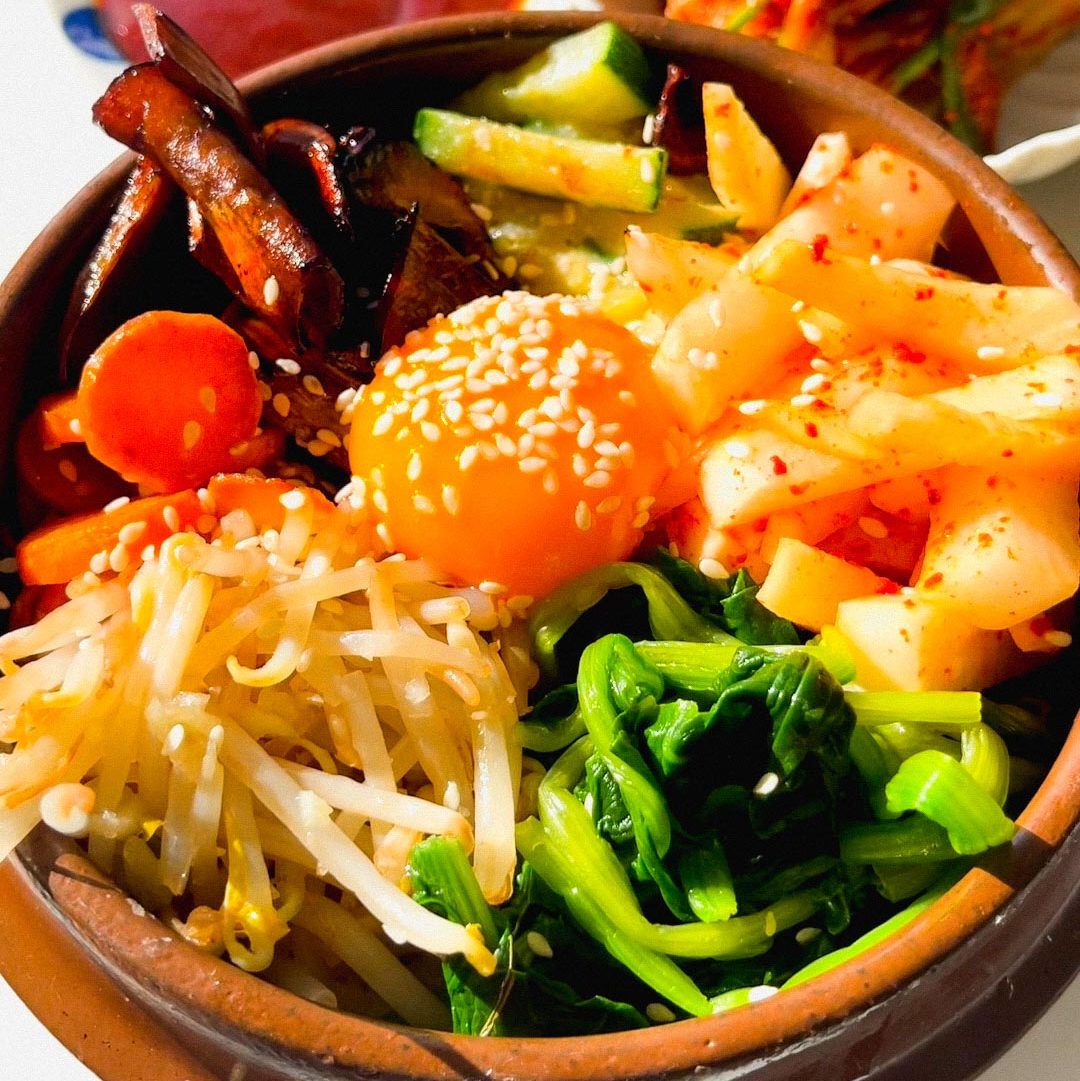

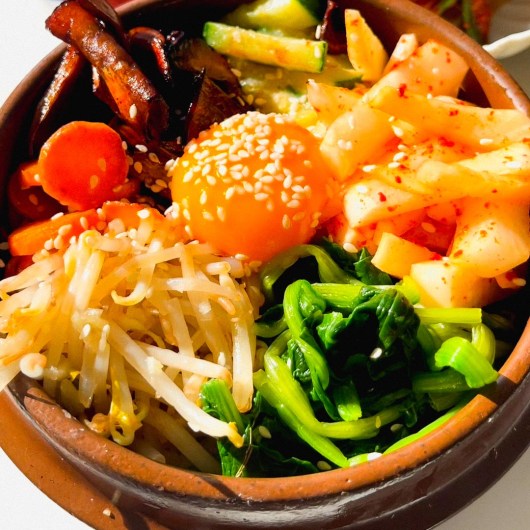




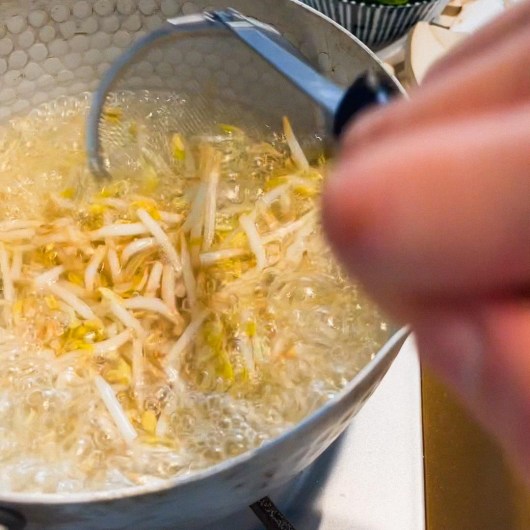
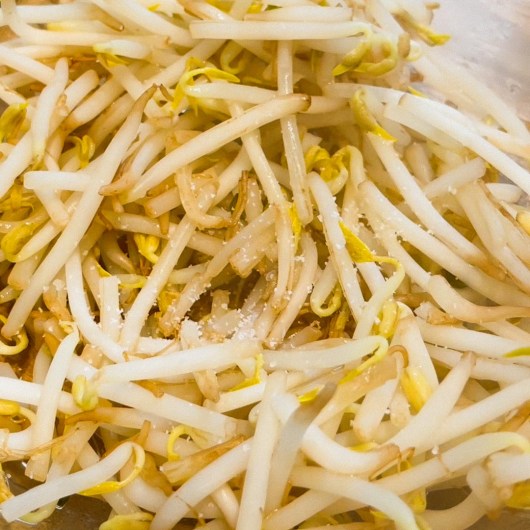
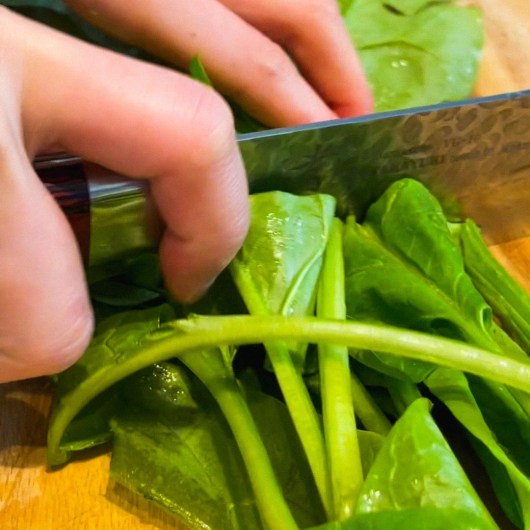
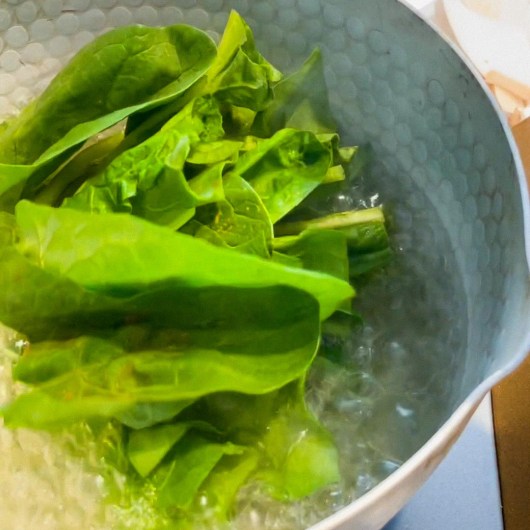
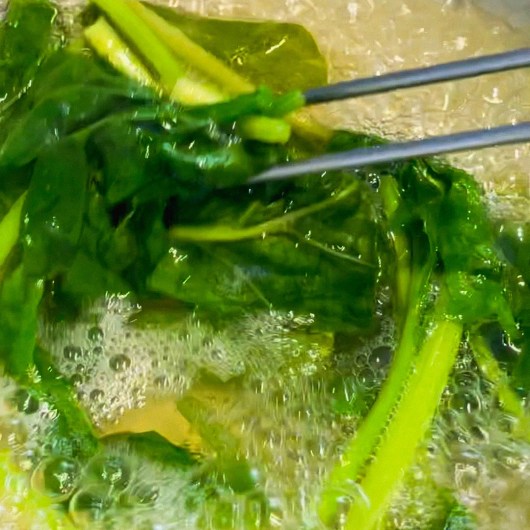
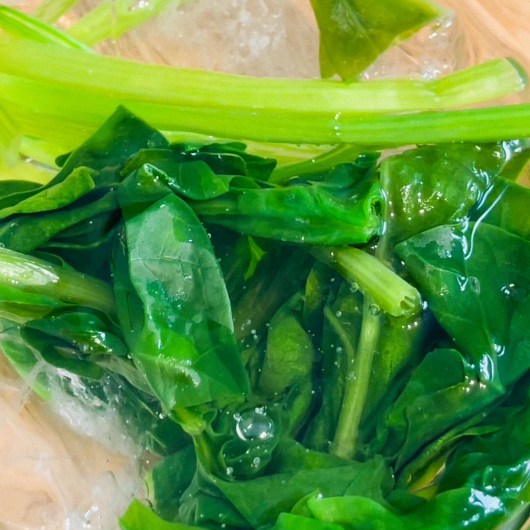
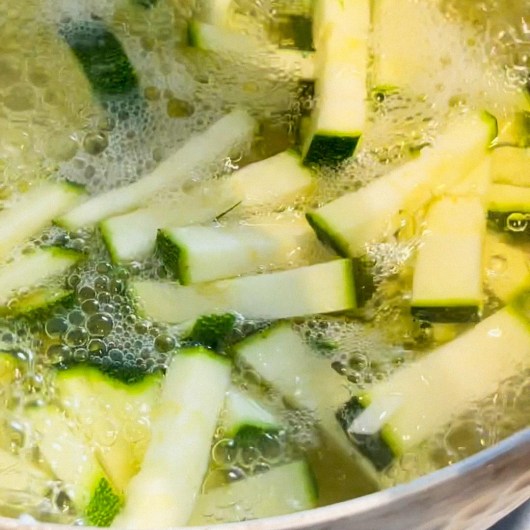
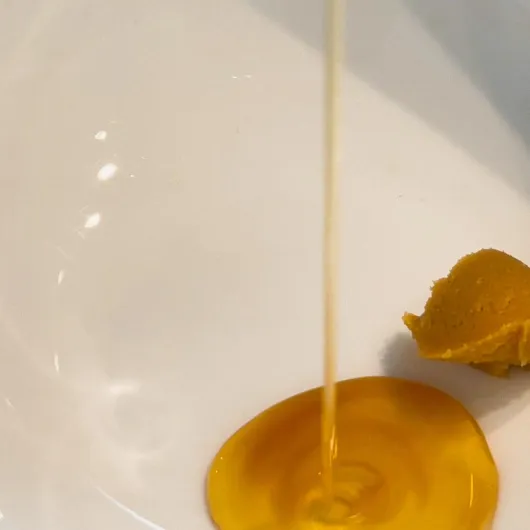

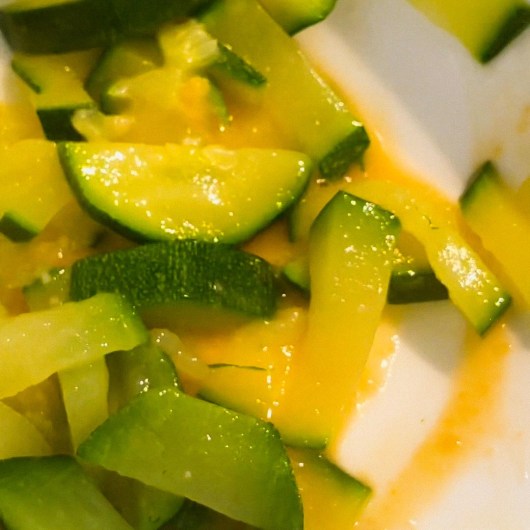

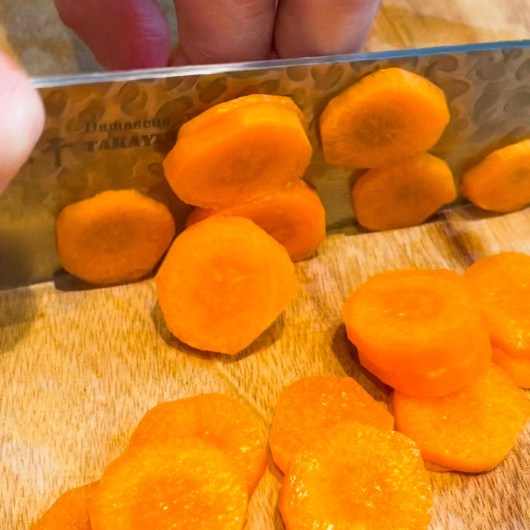
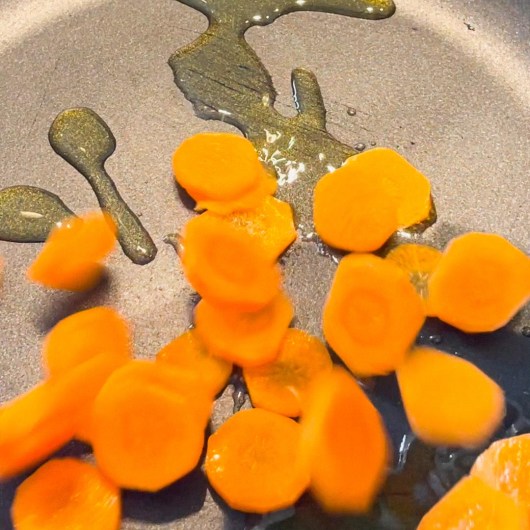
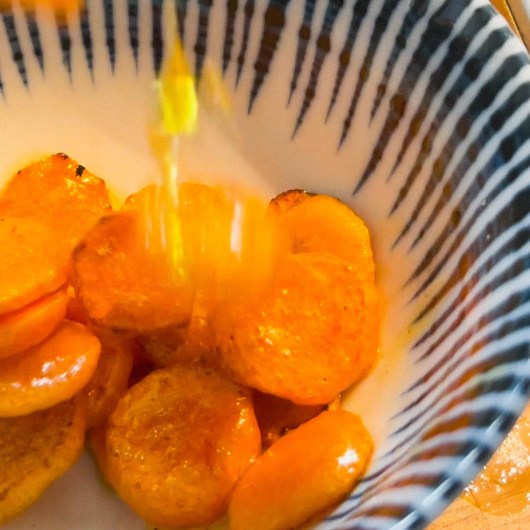
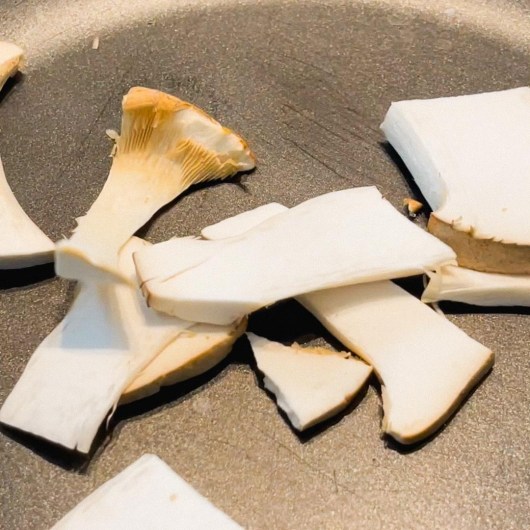




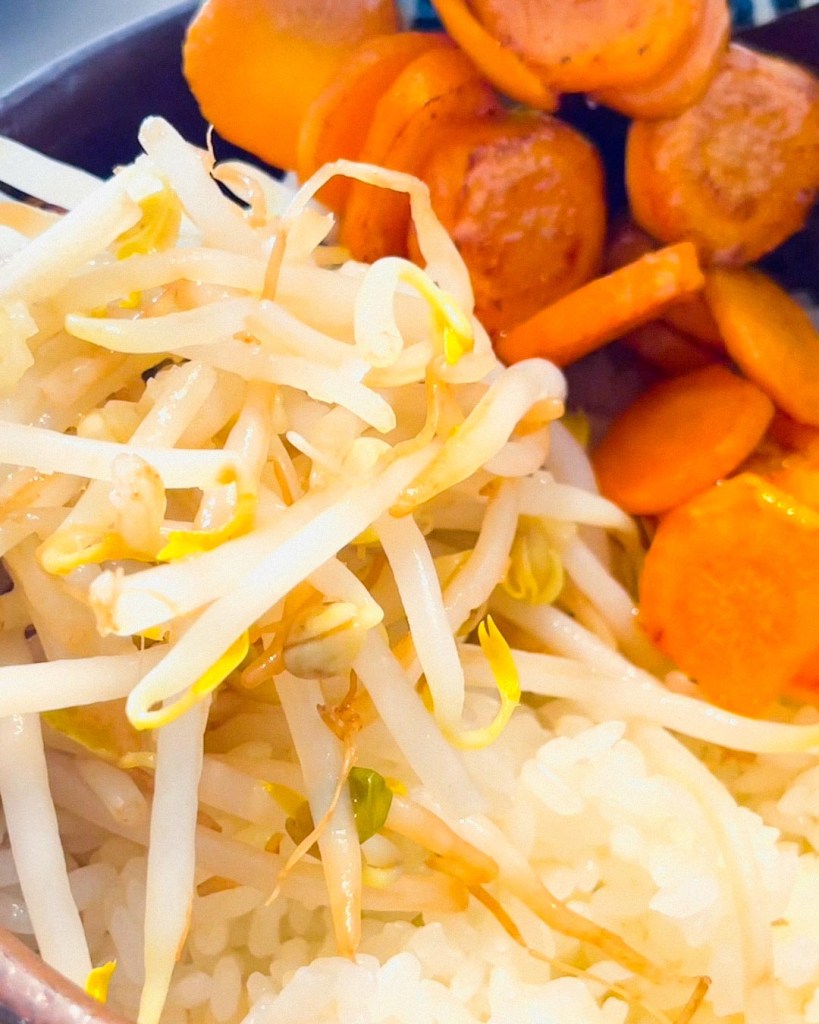

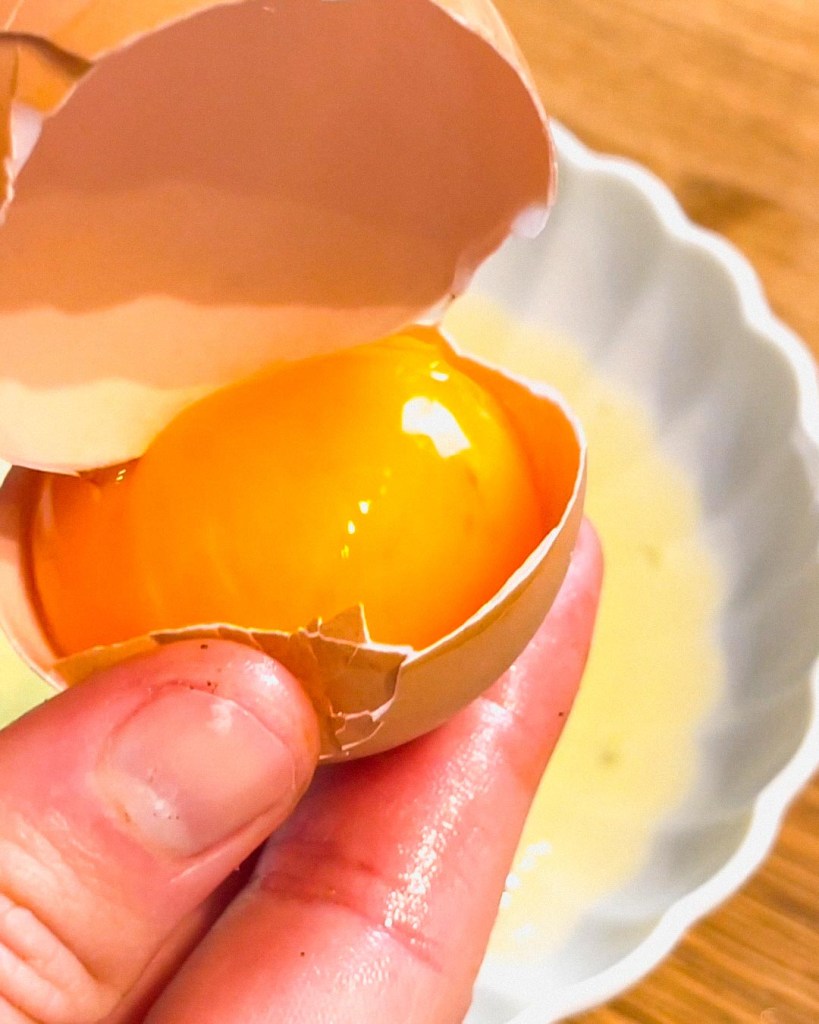



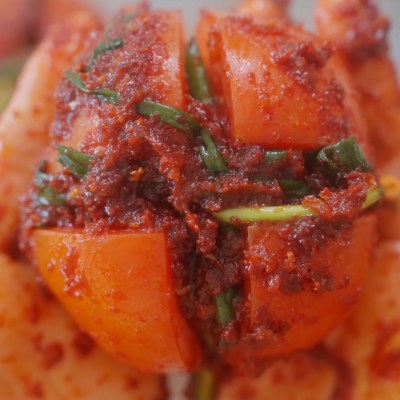
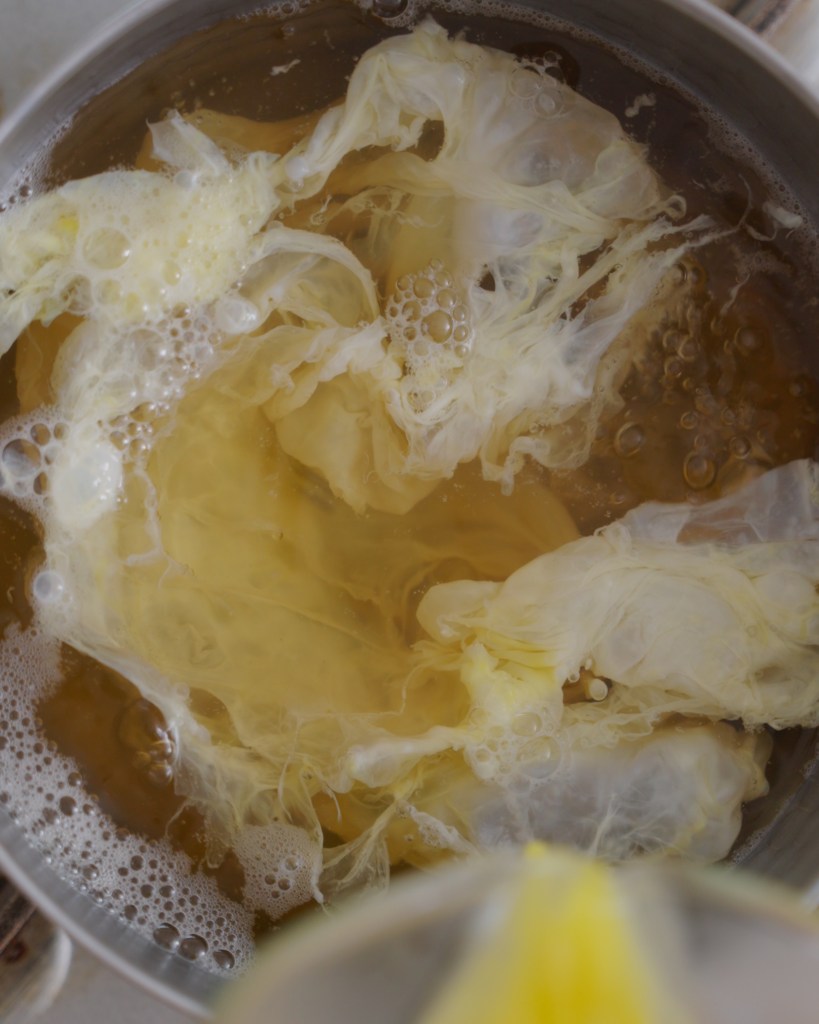


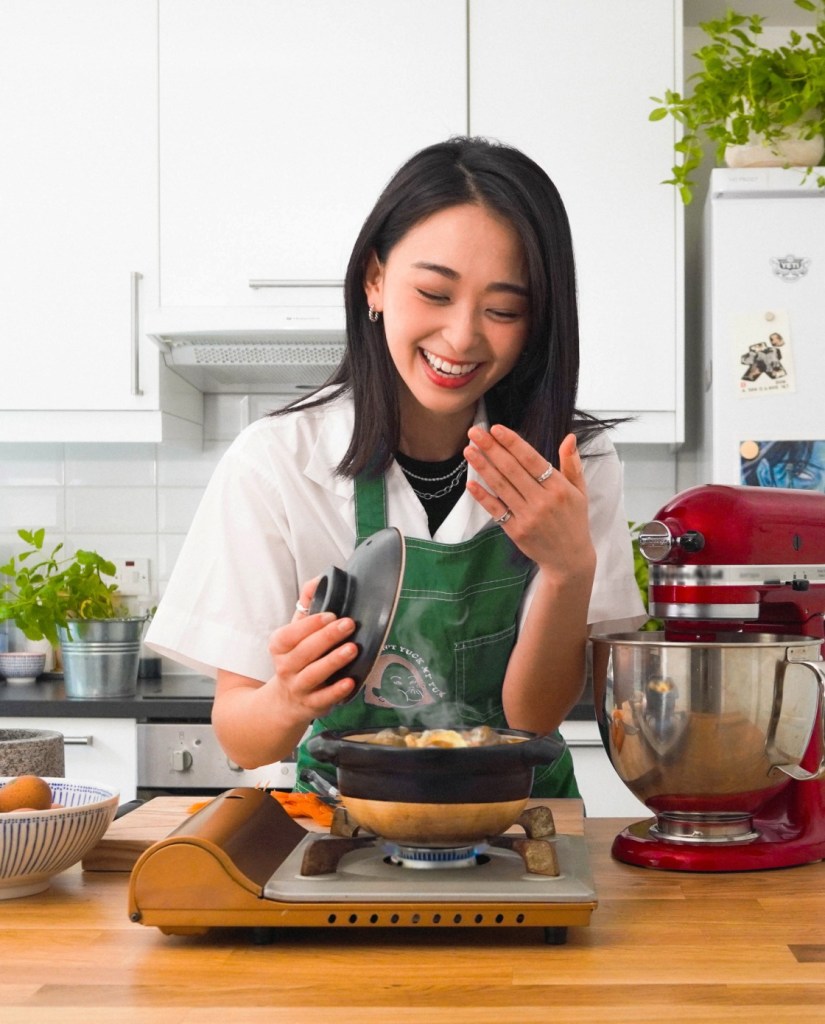

Comments